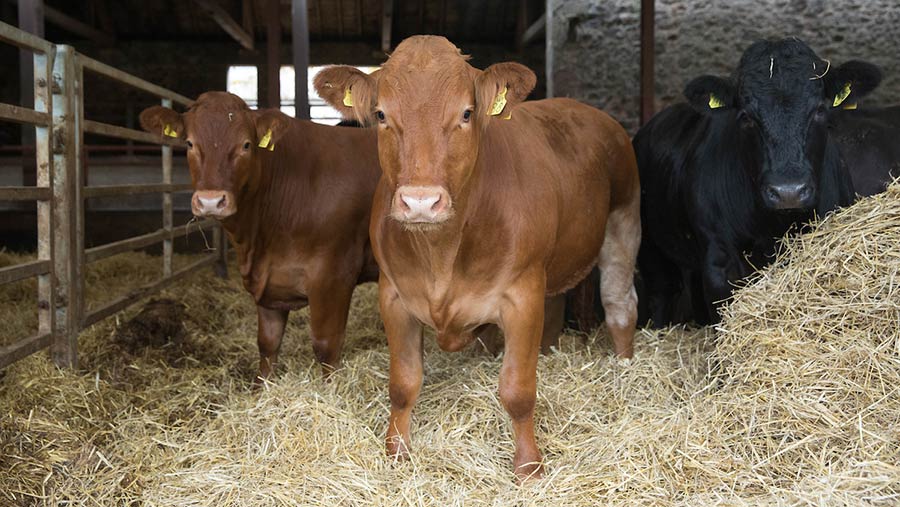Four further cases of bluetongue found in Kent
 © Tim Scrivener
© Tim Scrivener Livestock farmers in the South East are being urged to stay extra vigilant after a further four cases of bluetongue virus in cattle were detected.
Defra has confirmed that four more cases of bluetongue serotype 3 (BTV-3) have been identified in an additional two farms all within 5km of the first finding near Canterbury, Kent. All four cows have been humanely culled.
A 10km temporary control zone that was set up after the first case was found remains in place to restrict the movement of susceptible animals, including cattle, sheep and other ruminants.
See also: Farmers in bluetongue control zone advised to prepare for testing
The new strain of bluetongue has been spreading across Europe this autumn, with hundreds of cases identified first on livestock farms in the Netherlands, then in Belgium and Germany.
Pharmaceutical companies are in a race against time yo develop a vaccine for the new strain, but farmers and vets fear it won’t be ready for several months, leaving their stock at risk of 30% losses or more.
Bluetongue can be spread to the UK by biting midges carried across the English Channel by the wind. The south and east coasts of England are at highest risk.
Overwinter fears
There are fears that the disease will overwinter and then spread here next spring once midge activity picks up. However, Defra says there is no evidence that there is circulating virus in the midge population.
The authorities are also urging farmers to discuss the risks of importing stock from BTV-infected countries with their vets.
Bluetongue is a notifiable disease and suspected cases should be reported to Defra immediately on 03000 200 301 if you are based in England, or 03003 038 268 in Wales. Farmers in Scotland should contact their local field services office.
How to spot bluetongue in livestock
If you keep livestock, you must continue to keep a close watch for, and report, any suspicion of bluetongue disease in your animals.
Sheep are more likely to show obvious clinical signs of bluetongue than cattle if they become infected.
Signs of bluetongue in sheep include ulcers or sores in the mouth and nose, discharge from the eyes or nose and drooling from mouth or swelling of the lips, tongue, head and neck and the coronary band (where the skin of the leg meets the horn of the foot).
Other clinical signs include red skin as a result of blood collecting beneath the surface, fever, lameness, breathing problems, abortion or death.
In cattle, signs of the disease include lethargy, crusty erosions around the nostrils and muzzle, redness of the mouth, eyes, nose, reddening of the skin above the hoof, nasal discharge, reddening and erosions on the teats, fever, milk drop, not eating or abortion.
Adult cattle may serve as a source of virus for several weeks while displaying little or no clinical signs of disease and are often the preferred host for insect vectors.
Defra has published photos of clinical signs of bluetongue disease on Flickr.
Further advice on how to spot and report the disease is available on Gov.UK.
